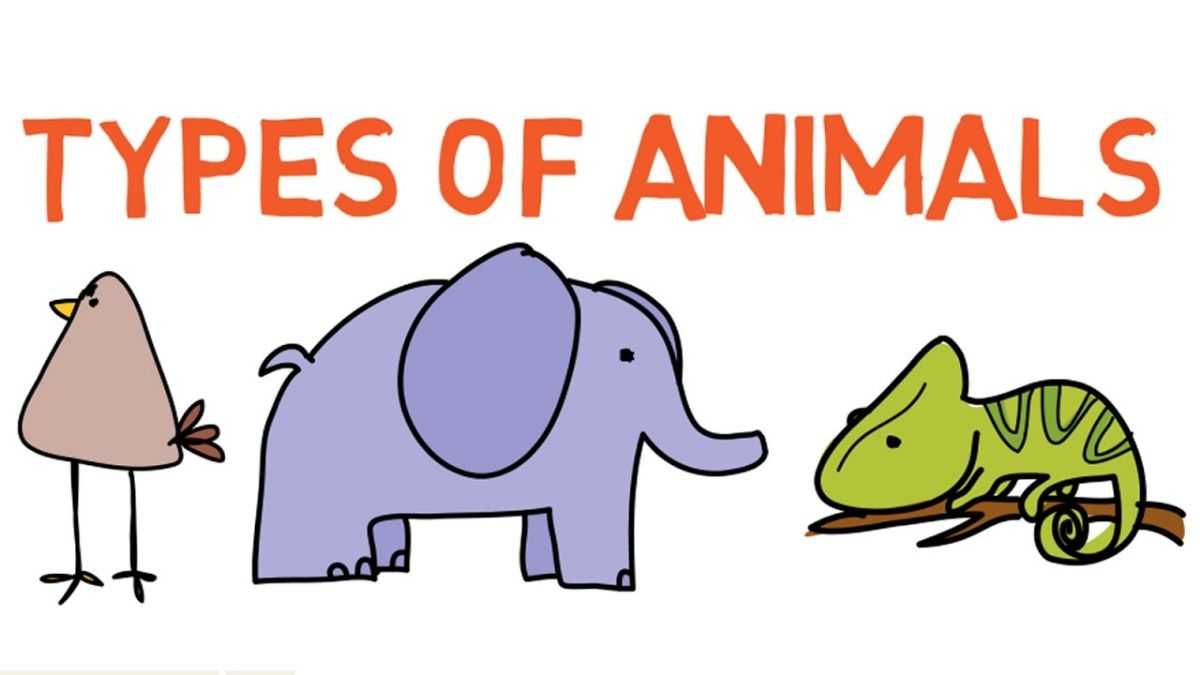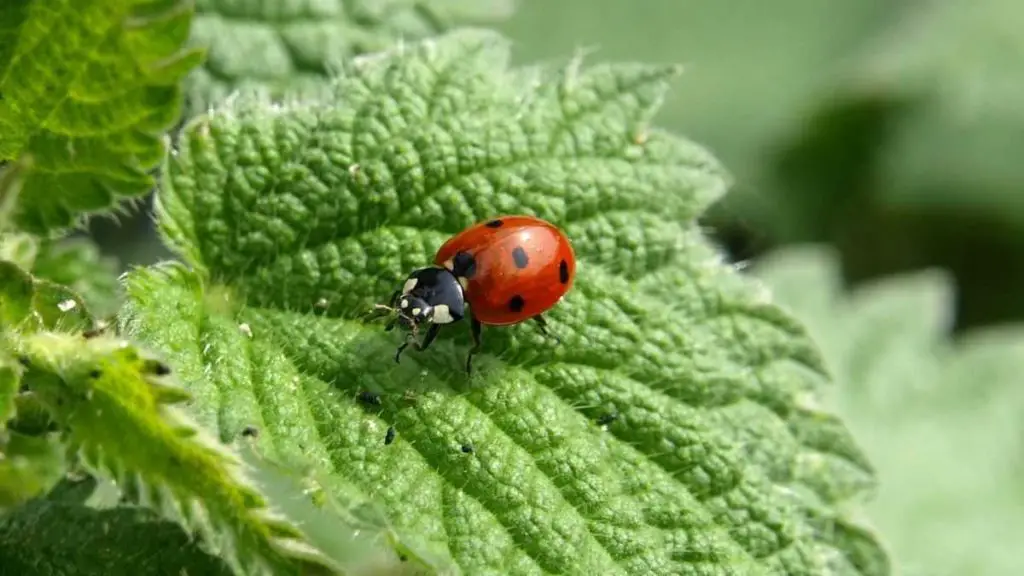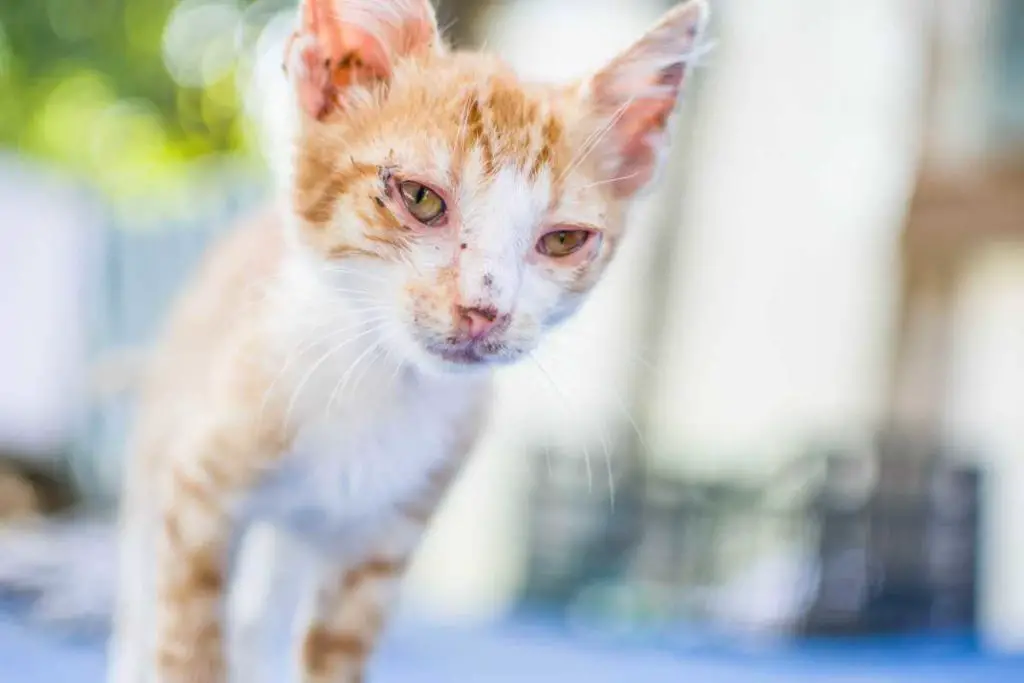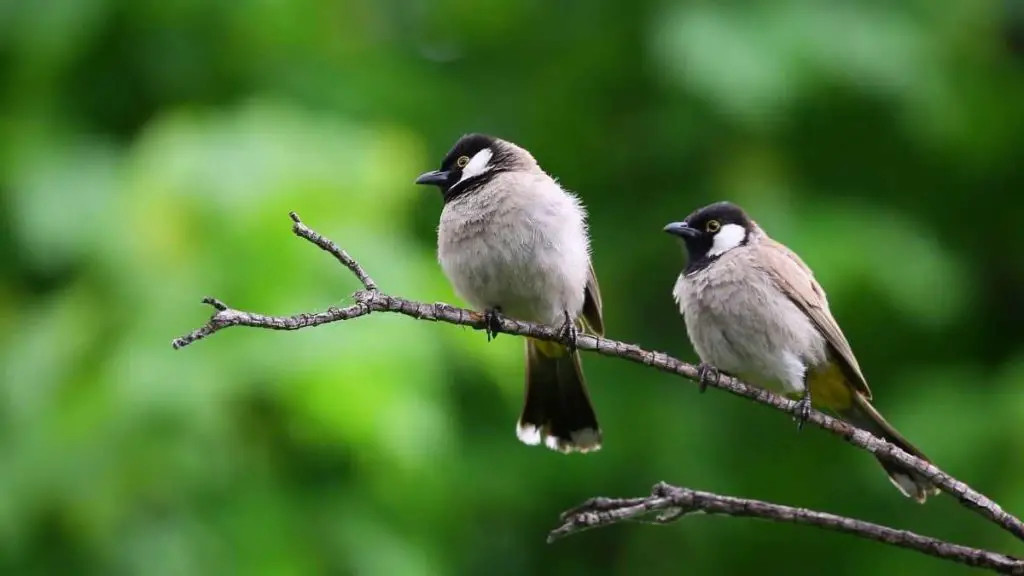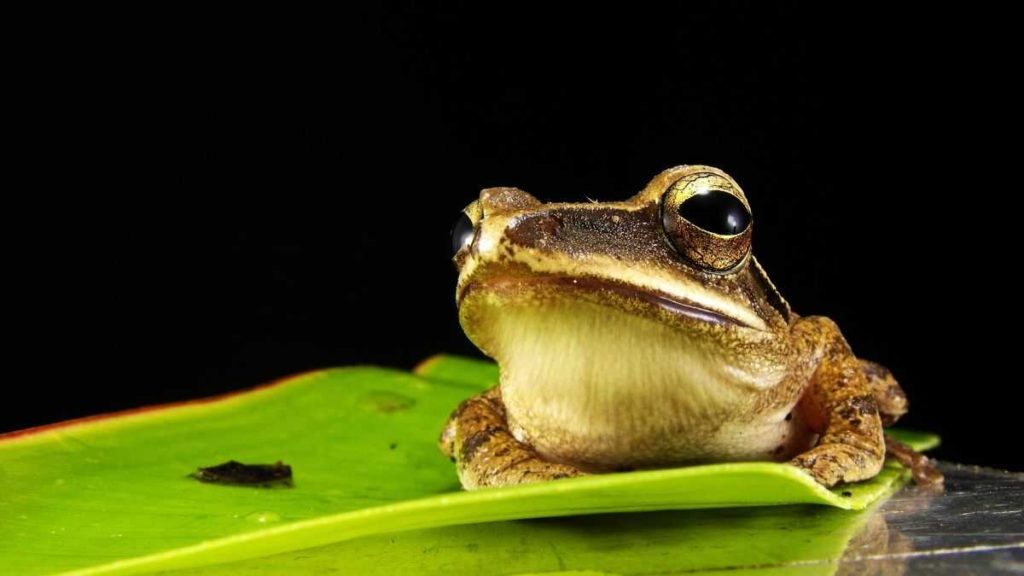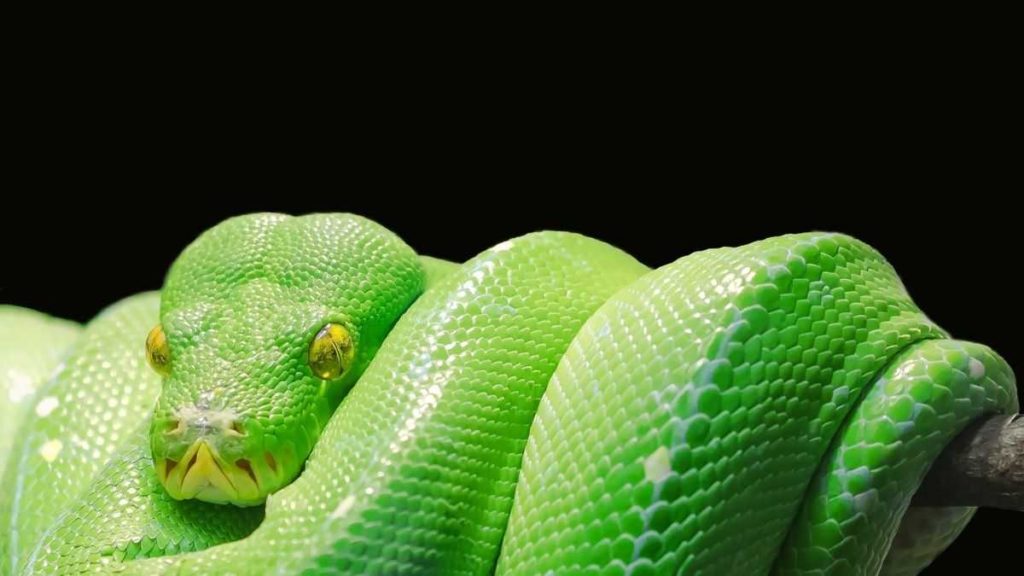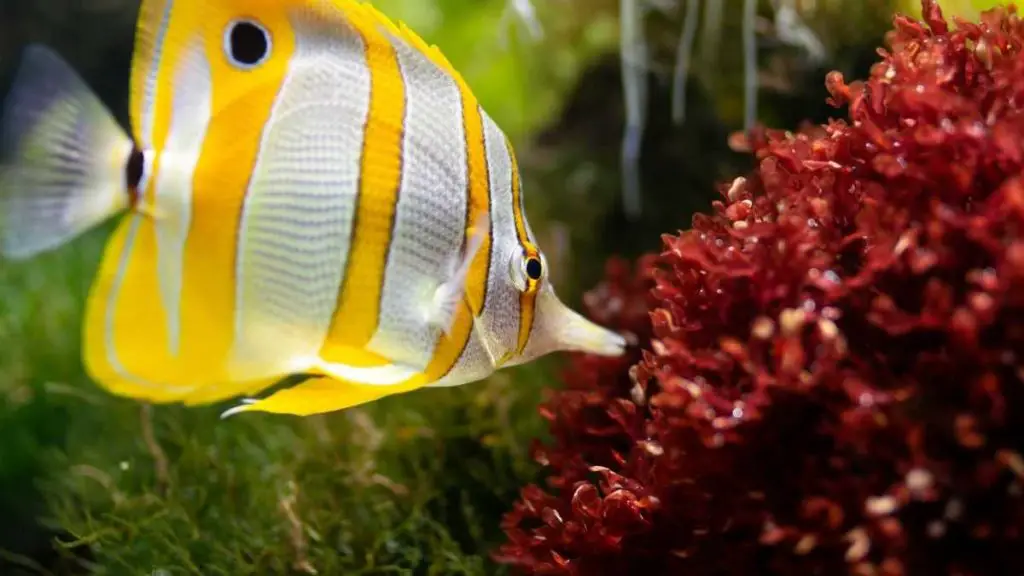The 6 main types of animals are invertebrates, mammals, birds, amphibians, reptiles, and fish.
Contents
Invertebrates
There are more invertebrates than any other kind of animal in the animal kingdom. To add a bit of context, of all the animals in the world, invertebrates make up 97% of that number. Their numbers are largely due to their ability to mass reproduce in a short period of time. For example, bees and ants are able to produce eggs without fertilization.
Invertebrates do not have a skeletal system (earthworms, slugs, snails) like other types of animals. However, some have extremely durable exoskeletons (crabs, lobsters, mollusks).
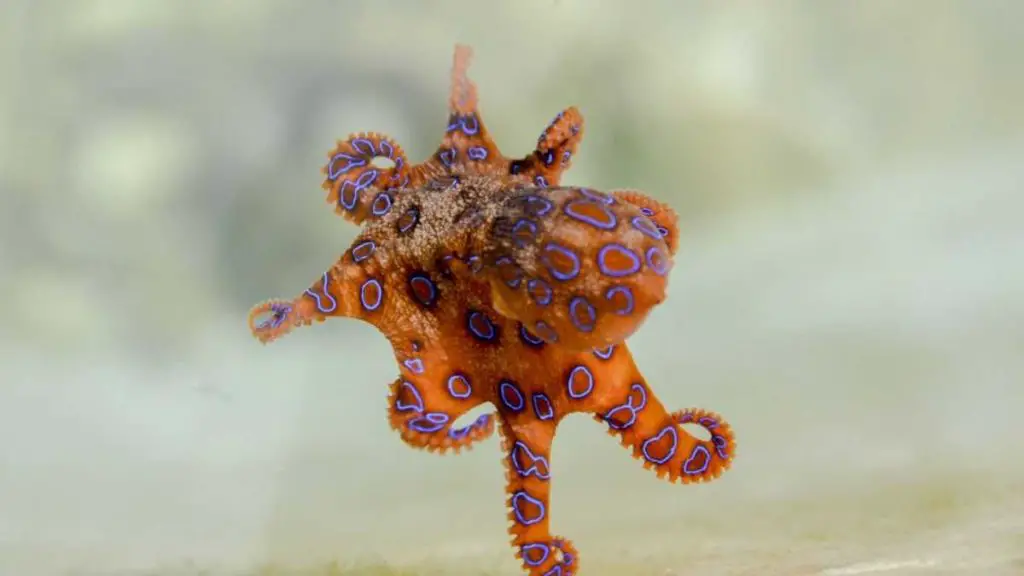
Invertebrates make up an extensive group of animals that include insects (gnats & flies), worms, sponges, octopuses, and many other species. We can further subcategorize invertebrates into 6 groups.
The six groups of invertebrates are — poriferans (sponges), cnidarians (such as sea jellies and corals), echinoderms (such as sea urchins and sea stars), mollusks (such as octopuses, snails, and clams), annelids (worms), and arthropods (such as insects, spiders, and lobsters).
Fun Facts about invertebrates:
- Speed: Asian giant hornet: 25 mph
- Lifespan: Southern black widow: 1 – 3 years
- Length: Southern black widow: 1.5 in.
- Mass: Pacific geoduck: 1.1 – 3.3 lbs, Giant Pacific octopus: 33 lbs
- Clutch size: Brown recluse spider: 50, Goliath birdeater: 100 – 200
- Wingspan: Asian giant hornet: 3 in., Old world swallowtail: 2.6 – 3.4 in., Painted lady: 1.6 – 2.9 in.
Mammals
You and I belong to the group of animals known as mammals. There are also three main types of mammals. They are marsupials (pouched mammals) like kangaroos, monotremes (egg-laying mammals) like the duckbilled platypus, and placental mammals like cats, dogs, skunks, bears, llamas, and hedgehogs.
There are several ways to describe mammals. For example, a warm-blooded vertebrate animal of a class that is distinguished by the possession of hair or fur, the secretion of milk by females for the nourishment of the young, and (typically) the birth of live young.
Mammals are vertebrate animals constituting the class Mammalia and characterized by the presence of mammary glands which in females produce milk for feeding their young, a neocortex, fur or hair, and three middle ear bones.
There are only about 5,000 species of mammals making us the least diverse group of animals. The smallest mammal existing today is the bumblebee bat which grows up to an inch in length. The largest animal existing today (a mammal) is the blue whale which grows up to 108 feet in length.
Mammals are warm-blooded creatures which means that they can regulate their internal body temperature accordingly regardless of the external temperature.
So, whether it is sunny and hot outside or there is a snowstorm and it is very cold, warm-blooded animals have body temperatures that usually stay the same. The same is true for birds.
Birds
Another of the main animal groups are birds. There are over 10,000 species of birds in existence around the world. The features that set birds apart from other types of animals are their feathers, beaks, and wings (though not all birds fly).
For example, ostrich, emu, rhea, kiwi, and cassowary are all birds and they have wings but they cannot fly. Some birds can talk like the parrot and some birds are extremely colorful and beautiful, like the peacock.
Birds inhabit almost every type of terrain and are able to migrate to a more suitable habitat if needed. For example, penguins live in the Antarctic cold while ostriches thrive in the plains of Australia. Birds are also warm-blooded animals like mammals.
Birds, also known as Aves or avian dinosaurs, are a group of endothermic vertebrates, characterized by feathers, toothless beaked jaws, the laying of hard-shelled eggs, a high metabolic rate, a four-chambered heart, and a strong yet lightweight skeleton.
Amphibians
Another of the different animal classes include Amphibians. Examples of these kinds of animals are frogs, toads, and salamanders.
Amphibians typically have moist scaleless skin that is soft. They need to remain moist or they will die of dehydration. Hence, they live near water sources such as ponds, swamps, and marshlands.
You might not know this but amphibians evolved from fish and their name means “double-life”. Amphibians lay eggs in water and, once these eggs hatch, the offspring can breathe underwater through external gills that eventually develop into lungs and they move to live on land.
Amphibians are ectothermic (cold-blooded), tetrapod vertebrates of the class Amphibia. Modern amphibians are all Lissamphibia. They inhabit a wide variety of habitats, with most species living within terrestrial, fossorial, arboreal or freshwater aquatic ecosystems.
Reptiles
The most popular type of reptile is no other than the snake. But, lizards, turtles, alligators, crocodiles, and chameleons are all examples of reptiles too.
In fact, there are four basic types of reptiles: crocodiles and alligators, turtles and tortoises, snakes, and lizards. Reptiles are cold-blooded (ectothermic) animals which means that they do not have any natural means of regulating their internal body temperature. Fish and amphibians are also cold-blooded animals.
Fish
Fish are cold-blooded animals and there are three main types of fish: bony fish (which includes such familiar species as tuna and salmon); cartilaginous fish (which includes sharks, rays, and skates); and jawless fish (a small family made up entirely of hagfish and lampreys).
Fish generally have scales and fins which help them move through the water. However, not all fish have scales. For example, eels do not have scales. They also have gills which they use to breathe underwater.
Fish are popular pets much like some other species of animals. Popular pet fish include catfish, guppies, and rainbowfish.
References:
- Mechanics of Honey Bee Mating – ORKIN
- Ant Reproduction – Animal Corner
- Animal Classes – Kidzone
- Types of Animals and Their Characteristics | Biology Explorer
- Biology for Kids: Scientific Classification – Ducksters
- The 6 basic animal groups by Nicole Lai on Prezi
- Earth – There are only 35 kinds of animal and most are weird. – BBC
- Invertebrate Animals | Educational Video for Kids – YouTube
- Mammal – Wikipedia
- Biodiversitymapping.org – All mammal orders in the world with distribution maps
- Evolution of Mammals, a brief introduction to early mammals, enchantedlearning.com
- Mammals | Educational Video for Kids – YouTube
- Bird – Wikipedia
- Birdlife International – Dedicated to bird conservation worldwide; has a database with about 250,000 records on endangered bird species.
- The Internet Bird Collection – A free library of videos of the world’s birds
- Types of Birds – Learning the Names of Different Birds
- Amphibian – Wikipedia
- Amphibians – AnimalSpot.net
- All About Amphibians: Tadpoles, Frogs, and Salamanders – Freeschool Video – YouTube
- All About Reptiles: What Makes it a Reptile? – FreeSchool Video – YouTube
- Biology of the Reptilia is an online copy of the full text of a 22 volume 13,000 page summary of the state of research of reptiles.
- * FISH * | Animals For Kids | All Things Animal TV – YouTube
- FishBase online – Comprehensive database with information on over 29,000 fish species
- Animals – National Geographic
- Tree of Life Project
- Animal Diversity Web – University of Michigan‘s database of animals
- ARKive – multimedia database of endangered/protected species
